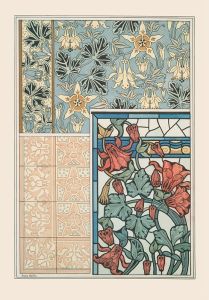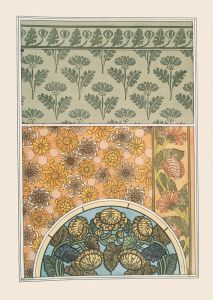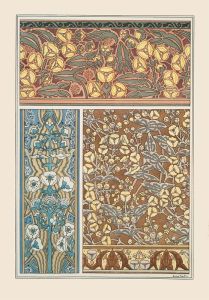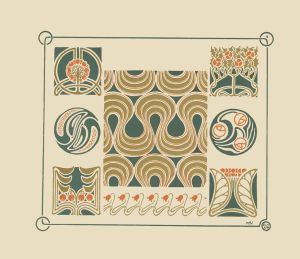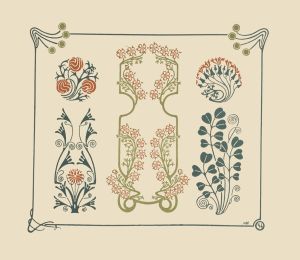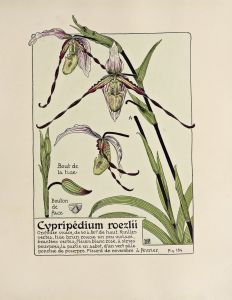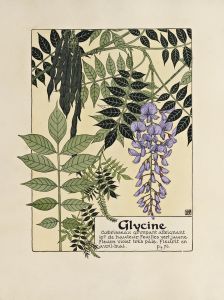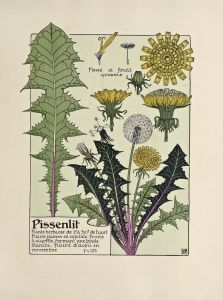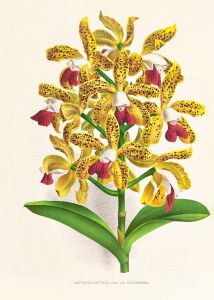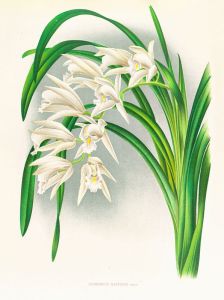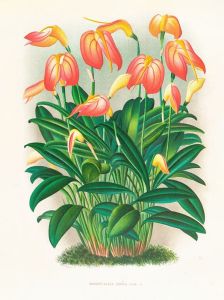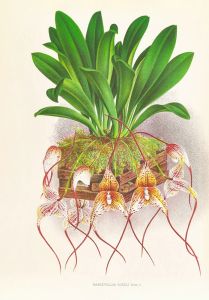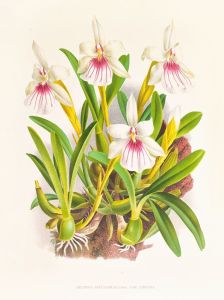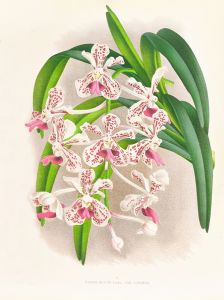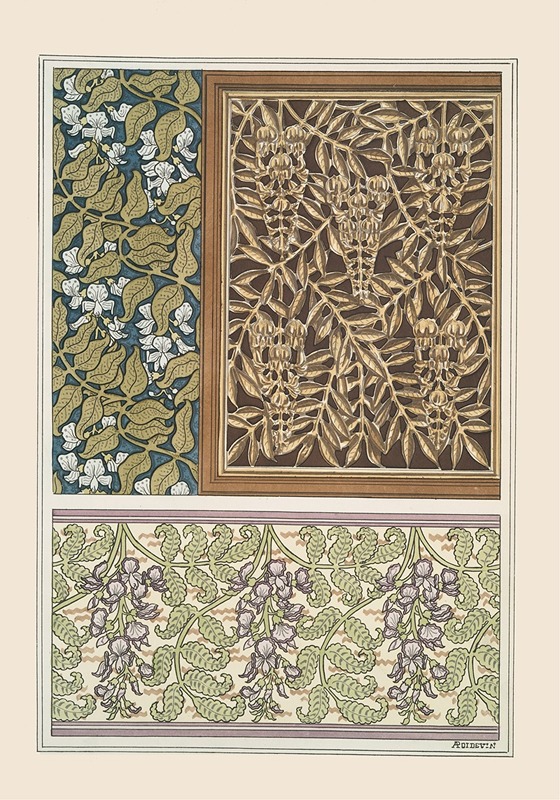
Glycine 3
A hand-painted replica of Maurice Pillard Verneuil’s masterpiece Glycine 3, meticulously crafted by professional artists to capture the true essence of the original. Each piece is created with museum-quality canvas and rare mineral pigments, carefully painted by experienced artists with delicate brushstrokes and rich, layered colors to perfectly recreate the texture of the original artwork. Unlike machine-printed reproductions, this hand-painted version brings the painting to life, infused with the artist’s emotions and skill in every stroke. Whether for personal collection or home decoration, it instantly elevates the artistic atmosphere of any space.
Maurice Pillard Verneuil (1869–1942) was a French artist and designer associated with the Art Nouveau movement, known for his innovative use of natural motifs in decorative arts. Among his works, "Glycine 3" is a notable example that reflects his fascination with botanical forms and his ability to translate them into stylized, ornamental designs.
"Glycine 3" depicts wisteria, a flowering plant known for its cascading clusters of blossoms. Verneuil's interpretation of the wisteria in this artwork exemplifies the Art Nouveau style, which often drew inspiration from nature and emphasized flowing, organic lines. The piece showcases his skill in combining naturalistic elements with a decorative aesthetic, creating a harmonious balance between realism and abstraction.
The artwork was likely created as part of Verneuil's broader contributions to decorative arts, which included illustrations, textile designs, and wallpapers. His works were often intended for practical applications, aligning with the Art Nouveau movement's goal of integrating art into everyday life. Verneuil's designs were widely admired for their elegance and sophistication, and they played a significant role in popularizing the Art Nouveau style in France and beyond.
While specific details about the creation and context of "Glycine 3" are limited, it is consistent with Verneuil's broader body of work, which frequently featured floral and botanical themes. His art was influenced by Japanese aesthetics, particularly the use of flat planes, bold outlines, and an emphasis on decorative patterns. This influence is evident in "Glycine 3," where the wisteria is stylized and arranged in a way that emphasizes its ornamental qualities.
Maurice Pillard Verneuil's contributions to the Art Nouveau movement have left a lasting legacy in the field of decorative arts. His works, including "Glycine 3," continue to be appreciated for their artistic merit and their ability to capture the beauty of nature in a uniquely stylized form.





